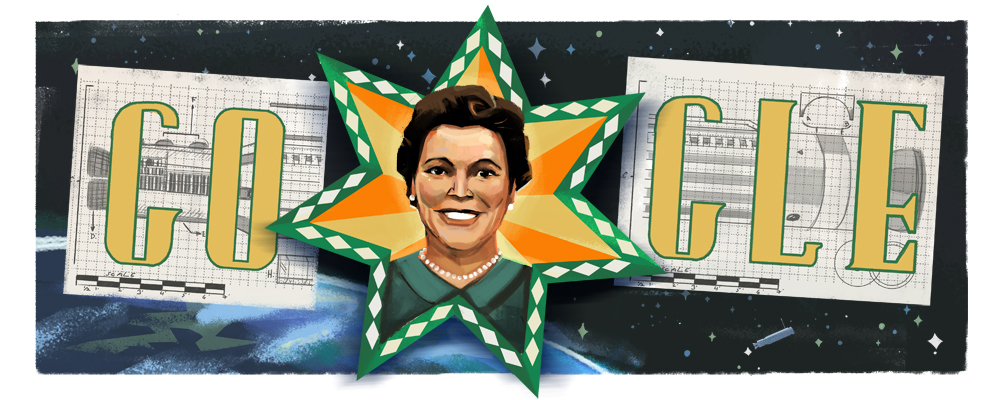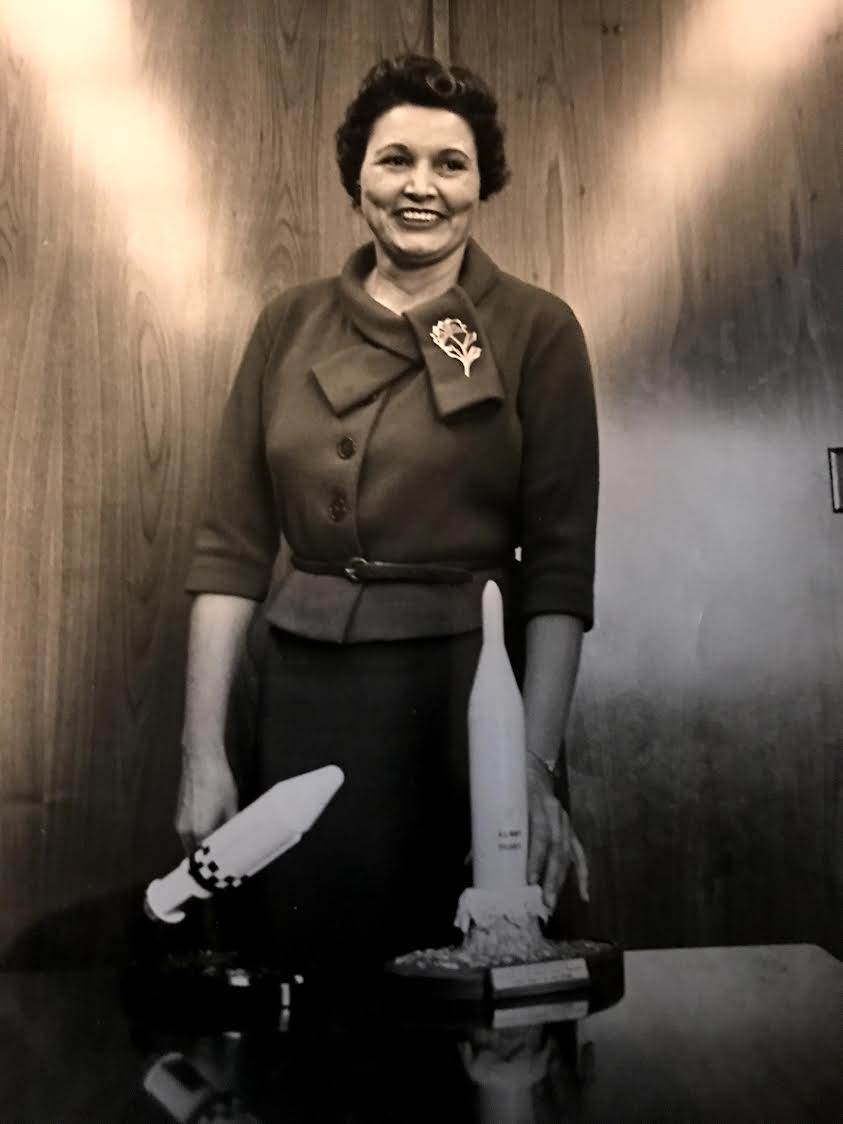
Today’s Google Doodle celebrates the 110th birthday of Mary G. Ross, the first Native American woman engineer. Over the course of her five-decade career, Ross achieved many firsts and made major contributions to the aerospace industry.
Here’s what to know about the trailblazer, born on Aug. 9, 1908, who opened the doors for future female engineers in the field.
Who Was Mary G. Ross?
Great-great granddaughter to Chief John Ross of the Cherokee Nation, Mary G. Ross was born in the small town of Park Hill in Oklahoma. Raised with the Cherokee value of learning, Ross pursued a path considered nontraditional for women. After receiving a degree in math from Northeastern State College, Ross taught math and science until she returned to school to earn her master’s in math from Colorado State College of Education.
What were her contributions to aerospace?
In 1942, Lockheed Missiles and Space Company hired Ross as mathematician. But after a manager recognized her talent, Ross was sent to UCLA to earn a classification in aeronautical engineering. Lockheed then rehired her as their first female engineer. Ross would go on to work on major projects such as the Agena rocket, which was a crucial step in the Apollo program to land on the moon. She also was a part of SkunkWorks, a top-secret 40-member think tank where she was the only women aside from the secretary. Ross’ work there involved developing initial design concepts for interplanetary space travel, including flyby missions to Venus and Mars.
“Often at night there were four of us working until 11 p.m.,” she once said according to Google. “I was the pencil pusher, doing a lot of research. My state of the art tools were a slide rule and a Frieden computer. We were taking the theoretical and making it real.”

How did she open the door for women?
Ross also devoted herself to encouraging women and Native Americans into careers in the field of STEM. She was a fellow of the Society of Women Engineers, where she established a scholarship in her name to support future female engineers and technologists. To support fellow Native Americans, Ross also worked closely with the American Indian Science and Engineering Society and the Council of Energy Resource Tribes to develop their educational programs.
According to the National Science Foundation, only 0.1% of those working in science and engineering are female American Indians. And according to the U.S. Bureau of Labor Statistics, only 8.1% of employed aerospace engineers are women.
Mary G. Ross died on April 29, 2008 at the age of 99.
Thursday’s Doodle depicts Ross’ portrait over a blueprint of the Agena rocket with the Earth and stars in the background.
More Must-Reads from TIME
- Why Trump’s Message Worked on Latino Men
- What Trump’s Win Could Mean for Housing
- The 100 Must-Read Books of 2024
- Sleep Doctors Share the 1 Tip That’s Changed Their Lives
- Column: Let’s Bring Back Romance
- What It’s Like to Have Long COVID As a Kid
- FX’s Say Nothing Is the Must-Watch Political Thriller of 2024
- Merle Bombardieri Is Helping People Make the Baby Decision
Contact us at letters@time.com